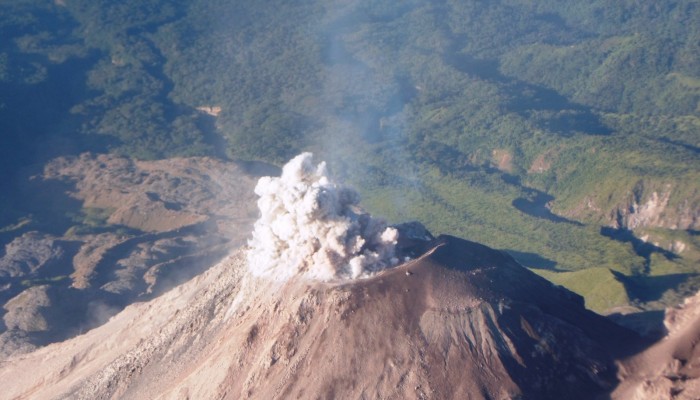‘Natural disasters’ is a phrase widely used by the geoscience community but how accurate is it? Given the human and societal factors that create a disaster, it has been highlighted that there is no such thing as a natural disaster. Is this simply a convenient phrase that recognises the contribution of natural processes (e.g., earthquakes), are we being sloppy with our language, or are ...[Read More]
#EGU15 – Some Sessions of Interest (2) – Natural Hazards and Society
We’re expecting a strong GfGD presence again at the European Geosciences Union General Assembly in 2015 and look forward to meeting some of you there. Last week we noted some great sessions on natural hazards education, communications and geoethics (all with exemption from abstract processing charges). Here we note some sessions from the ‘Natural Hazards and Society’ session within the ...[Read More]
#EGU2014: Bright Sparks in Dirty Thunderclouds
Lightning bolts formed in dirty thunderclouds could help geologists to detect explosive volcanic eruptions. Volcanic lightning is very poorly understood, but Corrado Cimarelli, from the University of München, has been able to reproduce the phenomena in his laboratory. Volcanic lightning is broadly similar to lightning in thunderclouds, but the addition of ash makes the process more complex. Volcan ...[Read More]
Field Research in Guatemala (4) – Reflections from Fuego
Joel Gill (GfGD Founding Director) continues his live reporting from Guatemala, discussing his interdisciplinary field research relating to natural hazard interactions and disaster risk reduction. This fieldwork forms part of a NERC/ESRC funded PhD, supervised by staff in the Department of Geography at King’s College London. Over the past few weeks I’ve had the opportunity to see some remar ...[Read More]

